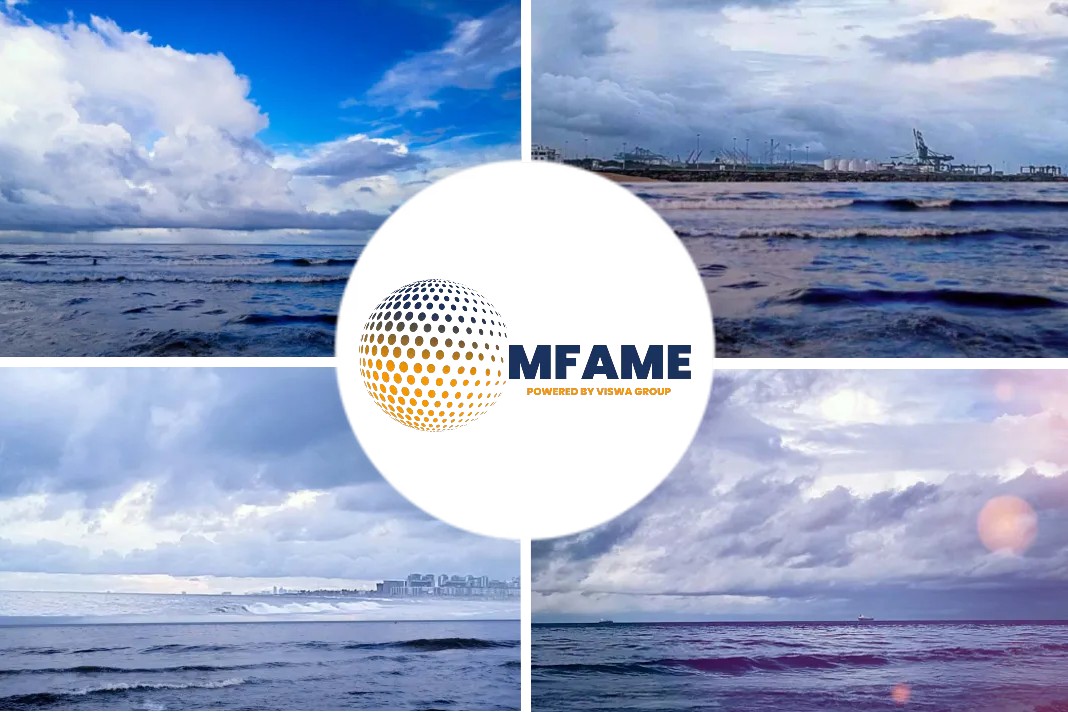- Alaskan natives were devasted by the Spanish flu.
- The two-year Spanish flu epidemic that wiped out half the population of some villages.
- It spread via mail carrier and traders to remote villages.
- 200 residents of Wales, Alaska, were buried after being killed in the 1918 Spanish flu epidemic.
- The 200-person village of Grayling on the Yukon River has banned all visitors.
- It mandated that anyone who leaves during the outbreak is quarantined for 30 days.
- Alaska and Hawaii both ordered a 14-day quarantine for anyone landing at airports.
- Alaska Native communities that have decided to quarantine themselves are honoring their ancestors.
According to an article published in USA Today, Statewide quarantines to help control the coronavirus outbreak are raising heartbreaking memories for many Alaska Natives.
Devasted by Spanish Flu
The families were devastated by the two-year Spanish flu epidemic that wiped out half the population of some villages.
Taking a cue from drastic measures imposed during the 1918-1919 flu outbreak that spread via mail carrier and traders to remote villages, the 200-person village of Grayling on the Yukon River has banned all visitors and is mandating that anyone who leaves during the outbreak is quarantined for 30 days. Other villages are taking similar steps by banning all flights except for in the case of medical emergencies.
1925 Diptheria outbreak
Even the famous Iditarod dog sled race — which in part commemorates the delivery of life-saving medical supplies to Nome during a 1925 Diptheria outbreak — saw one of its normal sled dog musher checkpoints moved away from the coastal village of Shaktoolik after residents there grew concerned about an influx of outsiders who could be carrying coronavirus. Researchers say the Spanish flu killed all but six of Shaktoolik’s residents.
The moves by towns like Grayling and Shaktoolik are reminiscent of how the 600-person village of Shishmaref, near Nome, weathered the Spanish flu outbreak: Tribal leaders posted armed guards to ban anyone from entering, likely saving hundreds of lives. During that same outbreak, the nearby village of Wales didn’t implement similar restrictions and lost 170 residents, many of whom are buried in a mass grave marked by a wooden cross.
“It is so recent. This happened in my grandparent’s generation. It’s not that long ago,“ said Dalee Sambo Dorough, 60, chairwoman of the Anchorage-based Inuit Circumpolar Council. “This is still with us.“
Mass graves constructed
The late afternoon sun shines through clouds above a cross marking a mass grave where an estimated 200 residents of Wales, Alaska, were buried after being killed in the 1918 Spanish flu epidemic. Wales was once one of the largest Eskimo villages in Alaska; today only about 150 people live there, and the town never recovered from the massive losses it suffered during the flu epidemic.
The U.S. has reported almost 46,500 confirmed COVID-19 cases, with the national death toll at almost 600 as of Tuesday, according to the Johns Hopkins University data dashboard. Alaska has not reported any coronavirus deaths.
Gaps in infrastructure
Alaska and Hawaii both recently ordered a 14-day quarantine for anyone landing at state airports from outside. Alaska’s order starts Wednesday and runs through at least April 21. Hawaii’s order begins Thursday.
Many Alaska Native villages can only be reached by aircraft or snow machine in the winter, or cargo barge in the summer, in theory limiting their connections with the outside world. But at the same time, few villages have comprehensive medical care, requiring that anyone who gets sick must be flown to a larger city for treatment. Additionally, regular cargo flights are needed to keep the residents supplied with basic household items, from food to toilet paper.
“For Inuit, they do recognize there’s an upside to being rural and remote. But at the same time, we have too many gaps in terms of infrastructure within those communities that require cargo flights and barges,“ Dorough said.
Across the country, mayors and governors have ordered people to stay at home except for necessary trips for supplies, medical appointments or to exercise. Nationally, about 100 million Americans are subject to the self-quarantine orders, including in New York, California, Ohio, Louisiana, Delaware, and Indiana. But some skeptics, including President Donald Trump, are asking whether the restrictions recommended by public health officials are truly necessary.
Study on isolated communities
Did you subscribe to our daily newsletter?
It’s Free! Click here to Subscribe!
Source: USAToday























